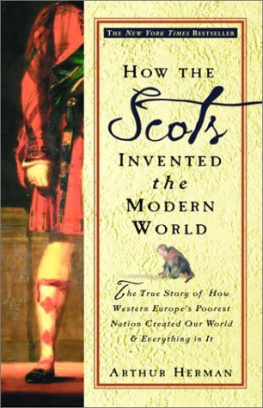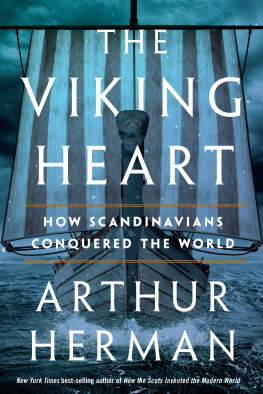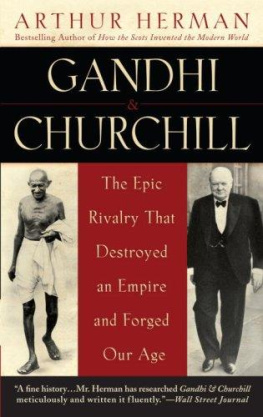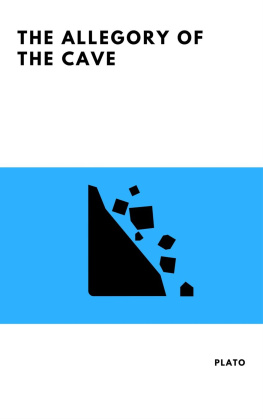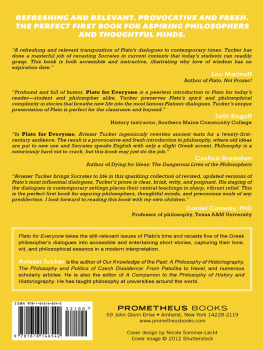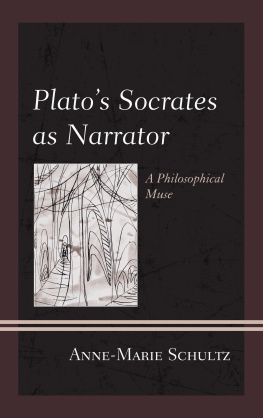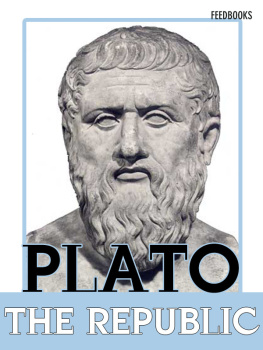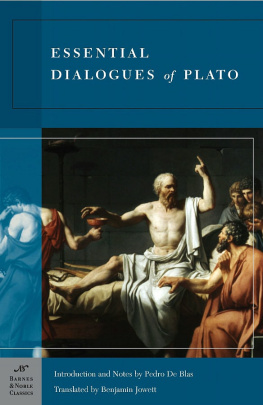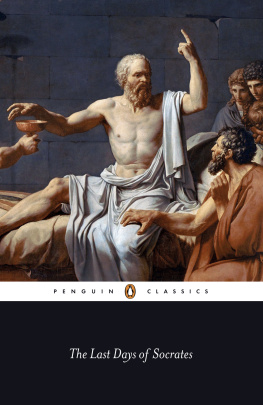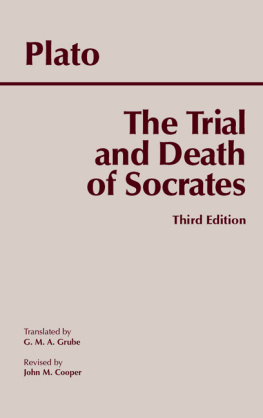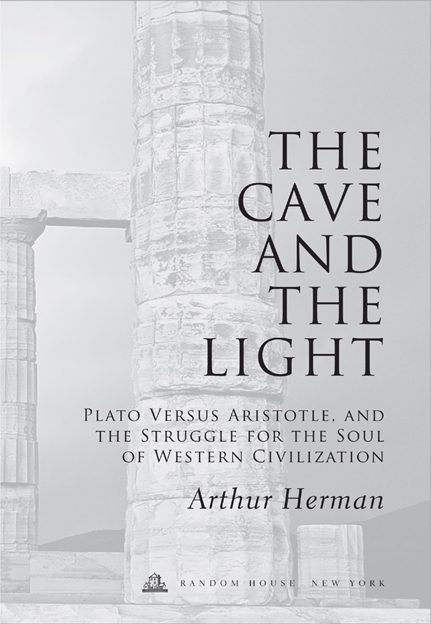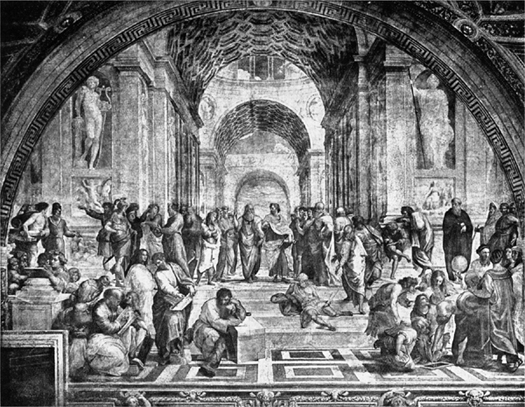Arthur Herman - The Cave and the Light: Plato Versus Aristotle, and the Struggle for the Soul of Western Civilization
Here you can read online Arthur Herman - The Cave and the Light: Plato Versus Aristotle, and the Struggle for the Soul of Western Civilization full text of the book (entire story) in english for free. Download pdf and epub, get meaning, cover and reviews about this ebook. year: 2013, publisher: Random House, genre: Science. Description of the work, (preface) as well as reviews are available. Best literature library LitArk.com created for fans of good reading and offers a wide selection of genres:
Romance novel
Science fiction
Adventure
Detective
Science
History
Home and family
Prose
Art
Politics
Computer
Non-fiction
Religion
Business
Children
Humor
Choose a favorite category and find really read worthwhile books. Enjoy immersion in the world of imagination, feel the emotions of the characters or learn something new for yourself, make an fascinating discovery.

- Book:The Cave and the Light: Plato Versus Aristotle, and the Struggle for the Soul of Western Civilization
- Author:
- Publisher:Random House
- Genre:
- Year:2013
- Rating:4 / 5
- Favourites:Add to favourites
- Your mark:
The Cave and the Light: Plato Versus Aristotle, and the Struggle for the Soul of Western Civilization: summary, description and annotation
We offer to read an annotation, description, summary or preface (depends on what the author of the book "The Cave and the Light: Plato Versus Aristotle, and the Struggle for the Soul of Western Civilization" wrote himself). If you haven't found the necessary information about the book — write in the comments, we will try to find it.
The Cave and the Light is a magisterial account of how the two greatest thinkers of the ancient world, Plato and Aristotle, laid the foundations of Western cultureand how their rivalry shaped the essential features of our culture down to the present day.
Plato came from a wealthy, connected Athenian family and lived a comfortable upper-class lifestyle until he met an odd little man named Socrates, who showed him a new world of ideas and ideals. Socrates taught Plato that a man must use reason to attain wisdom, and that the life of a lover of wisdom, a philosopher, was the pinnacle of achievement. Plato dedicated himself to living that ideal and went on to create a school, his famed Academy, to teach others the path to enlightenment through contemplation.
However, the same Academy that spread Platos teachings also fostered his greatest rival. Born to a family of Greek physicians, Aristotle had learned early on the value of observation and hands-on experience. Rather than rely on pure contemplation, he insisted that the truest path to knowledge is through empirical discovery and exploration of the world around us. Aristotle, Platos most brilliant pupil, thus settled on a philosophy very different from his instructors and launched a rivalry with profound effects on Western culture.
The two men disagreed on the fundamental purpose of the philosophy. For Plato, the image of the cave summed up mans destined path, emerging from the darkness of material existence to the light of a higher and more spiritual truth. Aristotle thought otherwise. Instead of rising above mundane reality, he insisted, the philosophers job is to explain how the real world works, and how we can find our place in it. Aristotle set up a school in Athens to rival Platos Academy: the Lyceum. The competition that ensued between the two schools, and between Plato and Aristotle, set the world on an intellectual adventure that lasted through the Middle Ages and Renaissance and that still continues today.
From Martin Luther (who named Aristotle the third great enemy of true religion, after the devil and the Pope) to Karl Marx (whose utopian views rival Platos), heroes and villains of history have been inspired and incensed by these two master philosophersbut never outside their influence.
Accessible, riveting, and eloquently written, The Cave and the Light provides a stunning new perspective on the Western world, certain to open eyes and stir debate.
Arthur Herman: author's other books
Who wrote The Cave and the Light: Plato Versus Aristotle, and the Struggle for the Soul of Western Civilization? Find out the surname, the name of the author of the book and a list of all author's works by series.

